In the world of gardening, one of the most frequently asked questions “when should I start a garden?” As you probably suspect, the answer to this is “it depends.”
Of course, it first depends on what you want to grow – in this article, we’ll focus on starting a vegetable garden to grow your own food and be more self-sufficient.
Start a Garden Depending on Your Location and Growing Season
Growing Season: From Last Expected Frost Date to First Expected Frost Date
When growing anything in your garden, you’ll want to avoid the annihilation of your precious seedlings by the late frost. Or perhaps even worse, while anxiously awaiting all season for your veggies to ripen — then the frost arrives, and you’re left only to see your young veggies destroyed before you can harvest them.
It’s essential to know your first and last expected frost date (click here to find them by ZIP code if you’re in the USA). You still can’t trust it 200% (climate is a fickle thing, and outliers pop up each year), but taking those dates into account will usually prevent the big garden failures.
Understanding Climate and USDA Zone
USDA “plant hardiness zone” classifications are pretty helpful in discovering what will grow in your area. Despite the name (USDA stands for “United States Department of Agriculture), the zones have been assigned worldwide.
For instance, most of Spain has USDA zones 8a to 9b, while most of New Zealand seems to be between 7b and 10b.
Here’s an interesting world map outlining the different zones. If you want specific information that can help you decide when to start your garden, check out the interactive USDA zoning maps on plantmaps.com.
Taking Microclimate into Account
Microclimates occur in limited areas where the local conditions are remarkably different from the climate around that zone. Microclimates can occur both in smaller spaces (e.g., in a cave or along terraced land) and in bigger areas (like a mountain pass or a plain).
What makes microclimates so special is that they’re not only very local, but also remarkably persistent over time.
Microclimates usually get created by:
- The presence of water: it’s amazing how climate can change when water is available
- The presence of buildings: they usually heat up the area around them (ever noticed how sometimes there’s a big layer of snow just around the city, but nothing but slush and puddles downtown?)
- The slope and orientation of an area: they’ll define the amount and angle of the sun and thus the heat that it’s receiving.
Make a Plan to Plant a Garden Depending on the Varieties you Grow
Different types of fruits and vegetables can have different requirements for when they should go in the ground. Take tomatoes, for instance:
Early, fast-growing varieties of tomatoes are perfect if you’ve got a short growing season, or if you just want fast results. You’d usually start these tomato seeds indoors, at least one month before your last expected frost. Most early tomato varieties are perfect for canning and preserving. They won’t just get you through summer, but they’ll also keep throughout the winter months in your pantry as tomato sauces or dehydrated (if you grew enough of them, that is).
Late-season tomato varieties go in the ground around midsummer — and some of these keep pretty long when stored correctly, so (depending on your climate) you could still be enjoying fresh tomatoes far beyond the first frost.
Most common fruits and vegetables have different varieties that are more or less suitable for a specific area.
Researching Local Customs and Planting Calendar
Local gardeners growing heirloom varieties would usually know what the best time of the year is to grow local varieties. In most cases, those might be the best suited to grow in your area. For instance, if your area is very dry in summer, local varieties might need less water than what you’d buy elsewhere; or if it gets cold in winter, you’ll want plants that thrive when it freezes like kale or carrots.
You can choose to start a garden with heirloom seeds (from varieties that have been around for a long time), or you may want to choose newer varieties that may produce a bigger yield.
Visit local garden centers, talk to your neighbors, or join a local seed exchange (visit seedsavers.org or just google your area + seed exchange!) to learn what works best where you live!

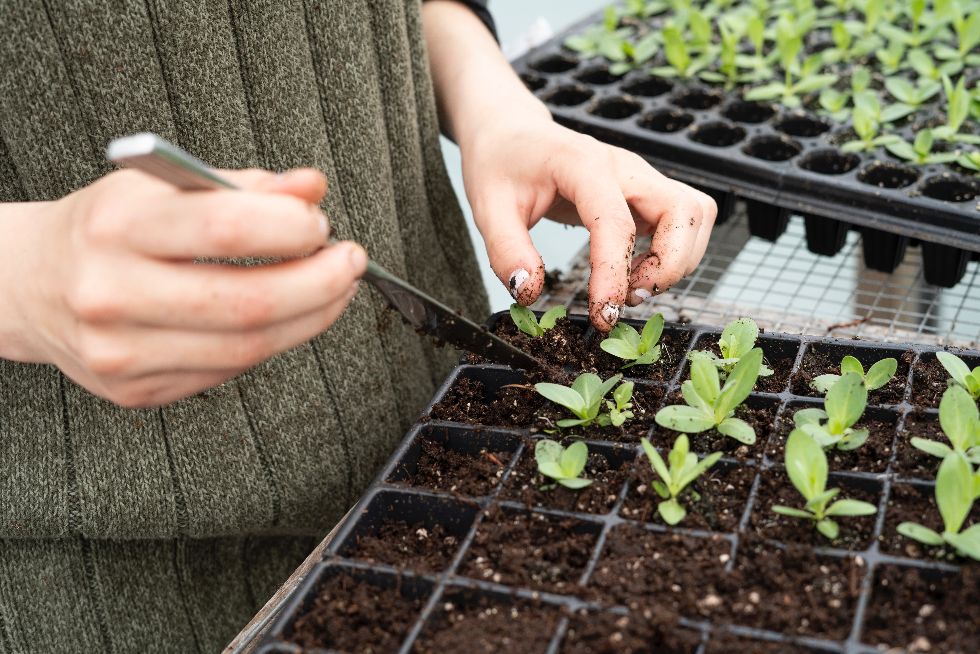
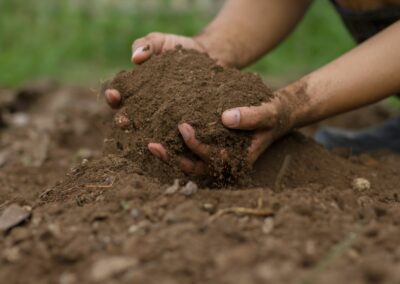
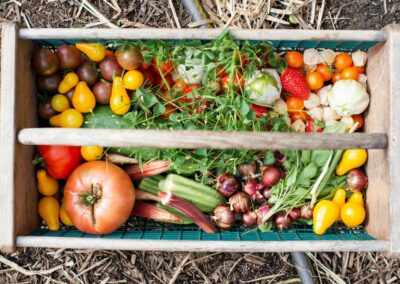
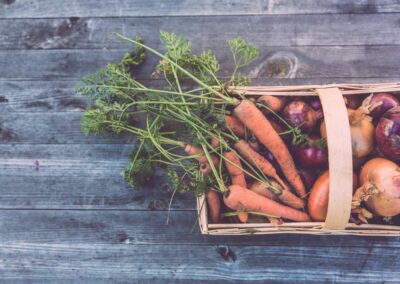
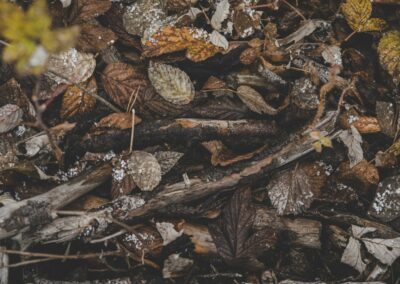

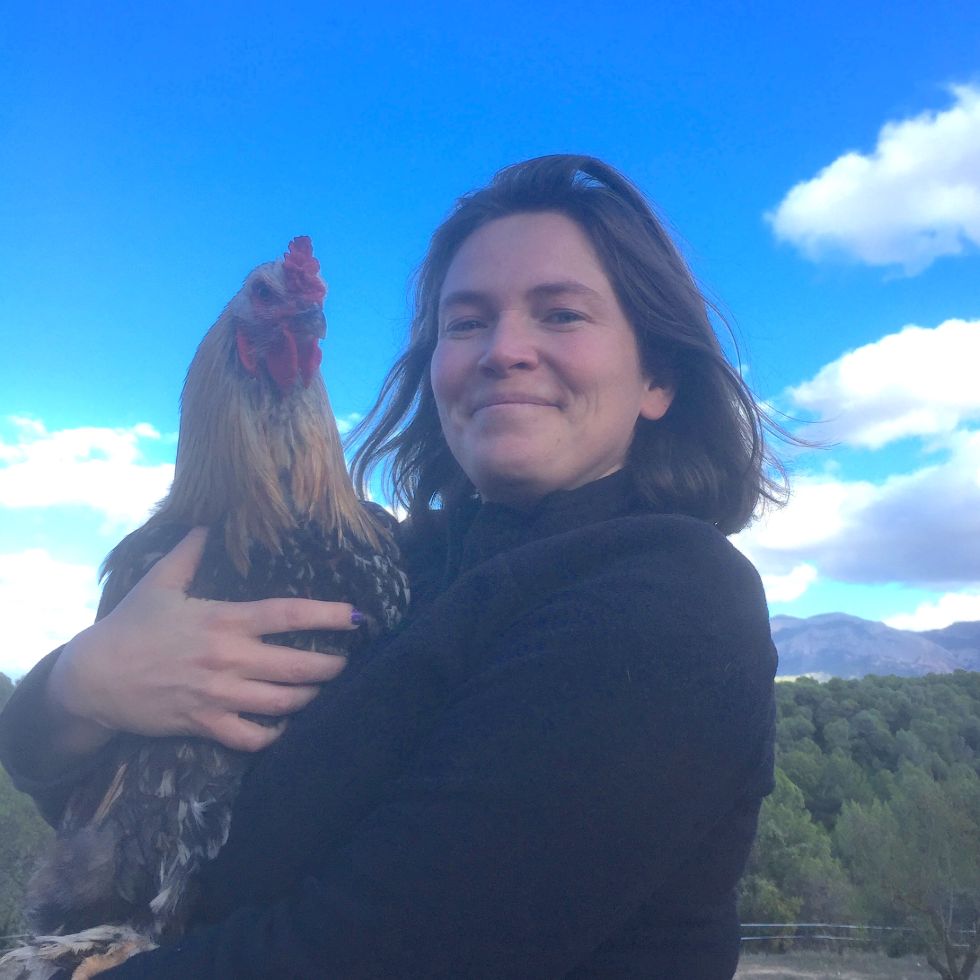
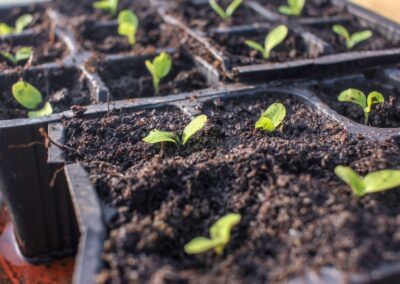
0 Comments